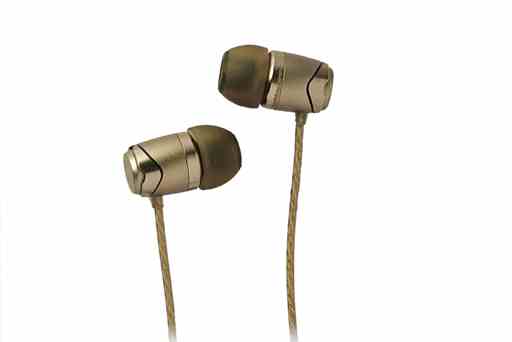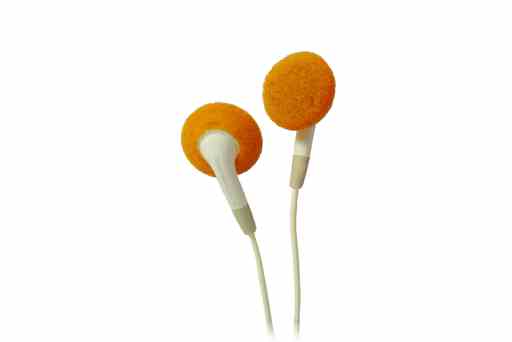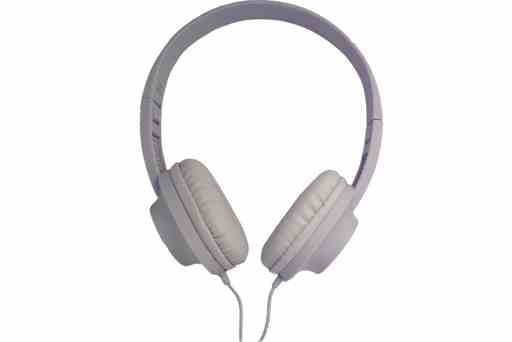Types of Headphones
All you need to know, if you want, on types of ear and headphones. I classify them like this,
In‐ear
The little earphones with a pipe of rubber or silicone that you press into your ear.

Cheap and easy to store
Unlikely to fall out (but variable, depends on your ears, the fitting…)
Do not leak sound
Can seal against the environment
Not much natural bass
Intrusive to insert
They are very popular at the moment, because they are a convenient way to isolate sound from a mobile phone, and easy to carry.
Earbud
Headphones that go inside the ear, but have no pipe. Nowadays people say ‘earbud’ for many types of headphone, including some in‐ear wireless. When I say earbud, I mean no pipe.

Cheap and easy to store
Likely to fall out whenever you move
Usually come with foam covers that fall off and get lost
Leak sound, useless in public
Do not seal against the environment
Very little natural lowband
Depends on the shape of the ear, but far less intrusive than in‐ear types
I’ve never seen anyone use earbuds in public. Evidence suggests that, near 2017, six or more manufacturers offered full ranges of earbuds. Five years later there’s still a few on sale because—my guesses—they are non‐intrusive, have open sound, and offer the best sound quality for cost in sound reproduction.
On‐ear
On‐ear headphones have cups and a headband, where the cups are designed to sit on the outside of the ear. Some people don’t note the difference between these and over‐ear headphones, but they are different.

More expensive than earphones, and harder to store (though some designs fold up)
Usually stay put
Most do not leak much sound (but some open‐back designs leak badly)
Mid‐way seal against the environment
More natural high‐bass than any earphone
Easy to put on (though can interfere with hair)
On‐ear headphones are popular nowadays, because they are easier to handle than earphones, tidier and lighter than over‐ear headphones, and have a natural sound.
Over‐ear
Over‐ear headphones have cups and a headband, where the cups are designed to surround your ear,
Most expensive headphones, and hard to store
Will not fall off, but heavy
Will not leak sound (unless open‐back)
Can seal against the environment
The best for bass
Easy to put on (the headband often stands clear of hair)
Not as popular as you think. Sometimes I see them used in the street, but the most well‐known place to see them is in a recording studio. Sound is limited only by the design.
Wired and wireless headphones
Headphones of all types can be wired or wireless. Consumer investigations suggest that, despite the chance of breaking a wire, wired headphones are slightly more reliable than wireless.
Wired
Uses a wire from the sound device to the headphones,
cheap
reliable
Easy to connect
Best quality sound
Wire can break/tangle/snag
Wireless headphones
Uses a wireless transmitter and receivers,
More expensive (needs transmitters)
Connection can break (rare)
Connection needs setting up
Receivers make earphone larger
Needs batteries
Worth mentioning that there is a wireless standard called Bluetooth. This was originally used to connect computers to another device over a short range. Bluetooth standard or not, it is a wireless connection.
Half‐wired connections
I call this design ‘half‐wired’. Some people call it a ‘necklace’ earphone. Anyway, the design is worth mentioning.
Most wireless earphones need two receivers, one for each earphone. Some designers have wired the two earphones together. The wire then hangs, usually at the back of the user’s neck. That way,
Only one receiver
Receiver can be hidden on the wire
Cheaper, uses less batteries
Lighter earphones
Joining wire/necklace can intrude on clothes
Having the earphones joined together can be convenient (won’t loose one)
Half‐wired earphones do not seem to be popular, but I’ve seen people use them. For sure, they are tiny yet hands‐free.
